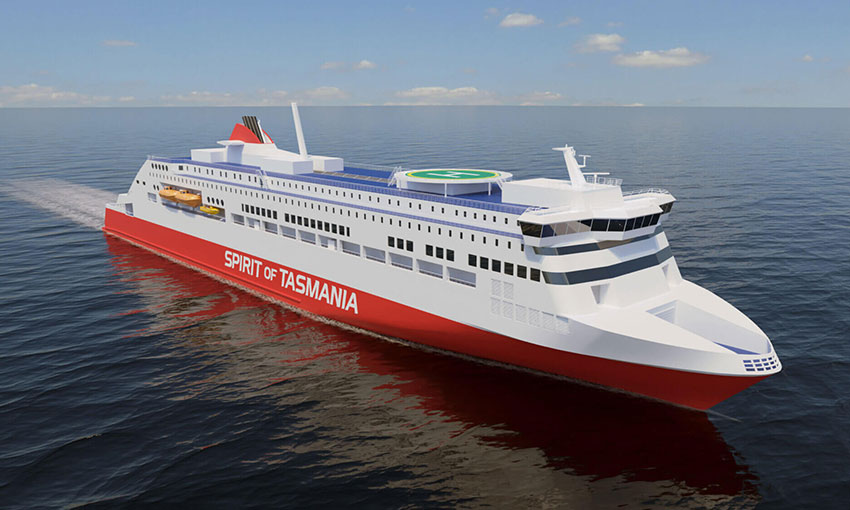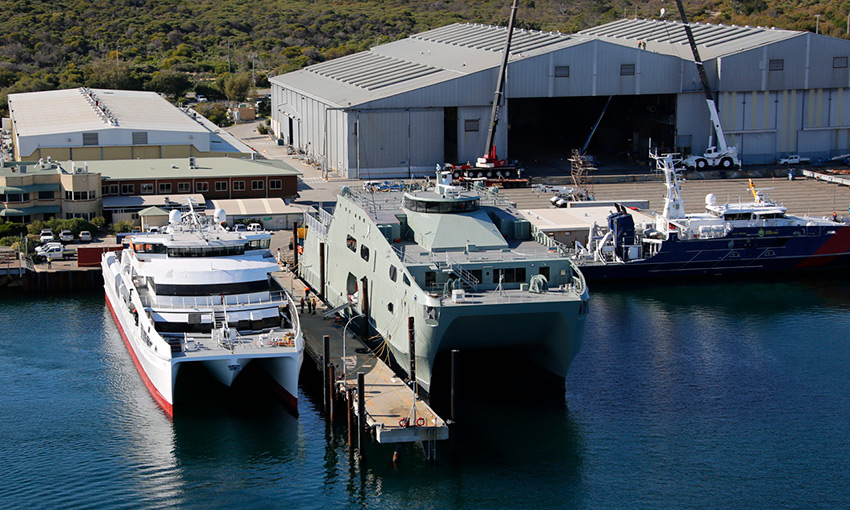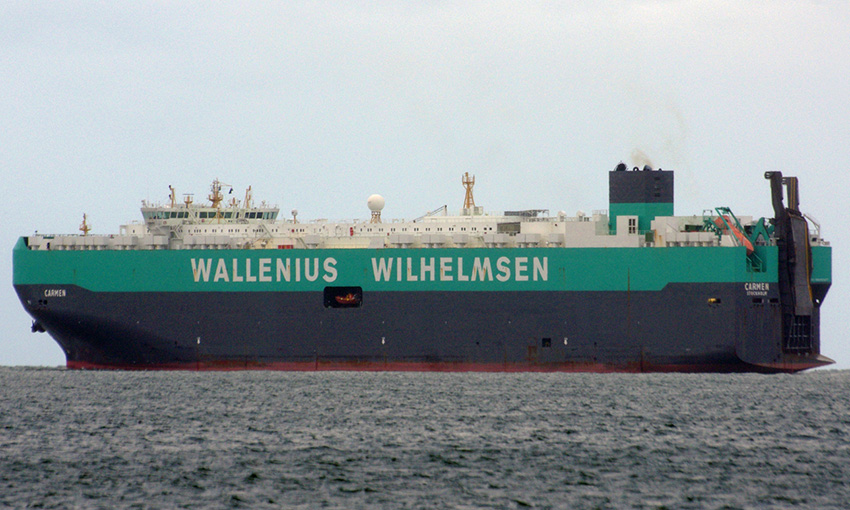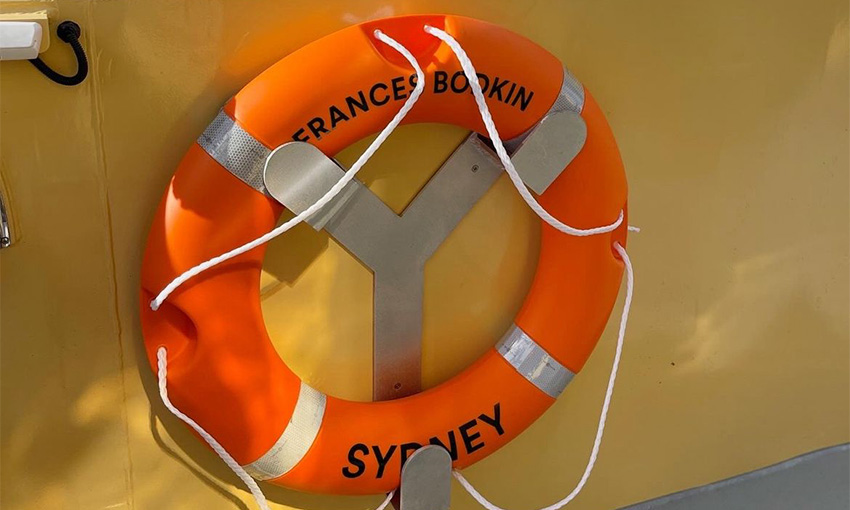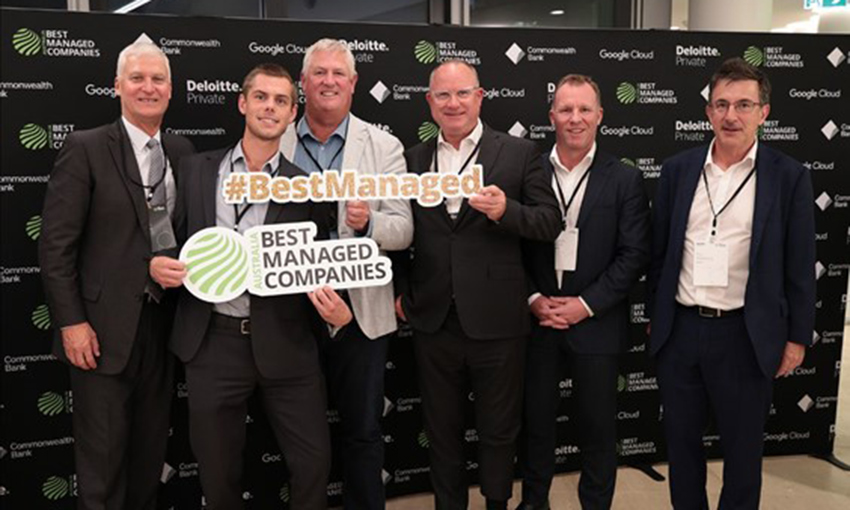KONGSBERG Maritime is to deliver propulsion and steering equipment for the two new Spirit of Tasmania ro-pax vessels, which are being built by Finland-based Rauma Marine Constructions.
The vessels will be operated by TT-Line for the regular Spirit of Tasmania ferry service across the Bass Strait.
Each vessel will be fitted with two of Kongsberg Maritime’s Promas combined propulsion and steering systems, which integrate the rudder and controllable pitch propeller to provide thrust and manoeuvrability.
Prior to signing the contract to deliver the equipment, Kongsberg undertook advanced computational fluid dynamic analyses of the Promas units to establish cavitation properties and ensure optimal performance at the vessels’ 26-knot cruising speed. Manoeuvrability when docking is further aided by four TTC tunnel thrusters.
“We’re delighted to sign this contract with Kongsberg Maritime,” Rauma Marine Constructions president and CEO Jyrki Heinimaa said.
“The deciding factor was the long and successful relationship between RMC and KM. They have delivered propulsion equipment to many of our vessels in the past, and we know that they are a reliable partner who will provide excellent support, both now and during the vessels’ lifetime.”
With an approximate gross tonnage of 48,000 tonnes, each new ferry will accommodate 1800 passengers. They will replace Spirit of Tasmania I and Spirit of Tasmania II, which have been driven by Kongsberg Kamewa propellers and tunnel thrusters since their construction in Finland in 1998.
“Choosing KM equipment for this project is a gratifying vote of confidence from both RMC and TT-Line,” KM manager hydrodynamics, propulsion and engines Göran Grunditz said.
“Since we equipped the previous vessels more than 20 years ago, we have worked hard developing increasingly efficient and manoeuvrable propulsion solutions as part of our ongoing work at our Hydrodynamic Research Centre in Sweden,” Mr Grunditz said.
“We are confident that the Promas system fitted to these vessels will not only deliver the same reliability, but also significantly improve performance, efficiency and manoeuvrability.”
The first vessel is scheduled to be delivered to TT-Line in late 2023, with the second following a year later.

